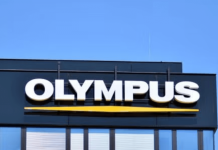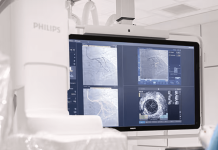Osteoboost achieved a notable regulatory milestone by receiving De Novo classification from the U.S. Food and Drug Administration (FDA). This designation is significant not only because FDA approval is a rigorous process but also because Osteoboost was only the 14th medical device ever granted De Novo approval by the Orthopedic Panel in the FDA’s Center for Devices and Radiological Health (CDRH). This distinction underscores both the innovation and the clinical validation behind Osteoboost.
Related: Supira Medical nets $120m to advance ventricular support device
Osteoboost’s journey through the De Novo pathway required approximately one year of rigorous evaluation by the FDA, including a comprehensive review of our clinical trial data and engineering performance testing. Because Osteoboost represents a completely new category of medical device, there were no established regulatory precedents or standardised test methods for them to rely on. This meant that the FDA’s review process was especially thorough, ensuring that Osteoboost met the highest standards for safety and effectiveness before it was granted clearance. Specifically for effectiveness, the clinical trial results were required to demonstrate that Osteoboost provides a clinically meaningful and statistically significant benefit over standard of care.
To quantify the benefits of Osteoboost’s targeted vibration therapy on bone strength and bone density, they partnered with a team of top research experts at the University of Nebraska Medical Center to conduct a gold-standard clinical trial: a randomised, sham-controlled trial. This ensured the highest level of clinical evidence and provided the FDA with the high-quality data required for the De Novo pathway.
Receiving FDA De Novo approval is a testament to the scientific innovation and clinical impact of Osteoboost. It affirms that the company’s technology is a safe, evidence-based, and effective option for individuals seeking an early, non-drug intervention for low bone density.






